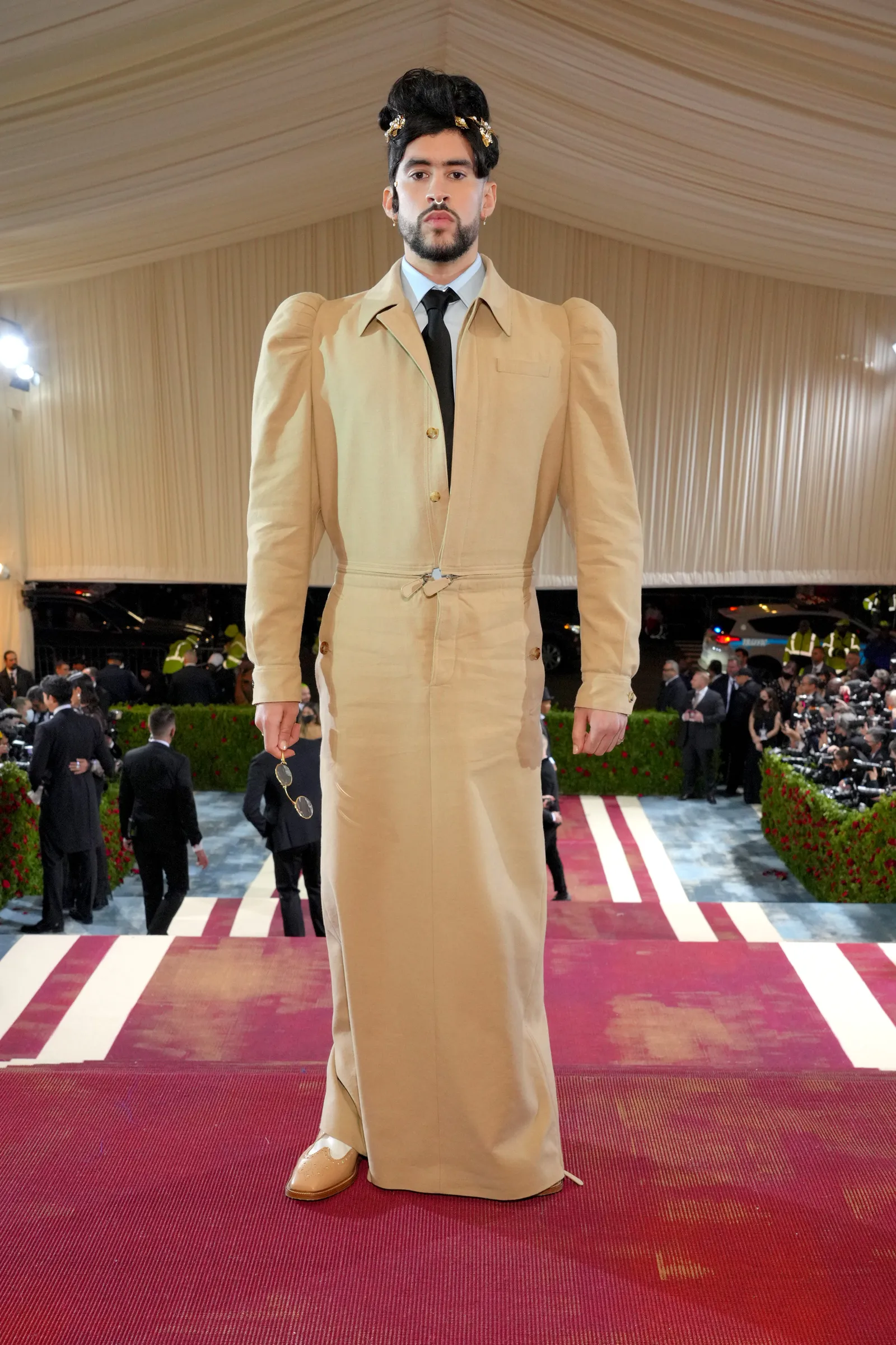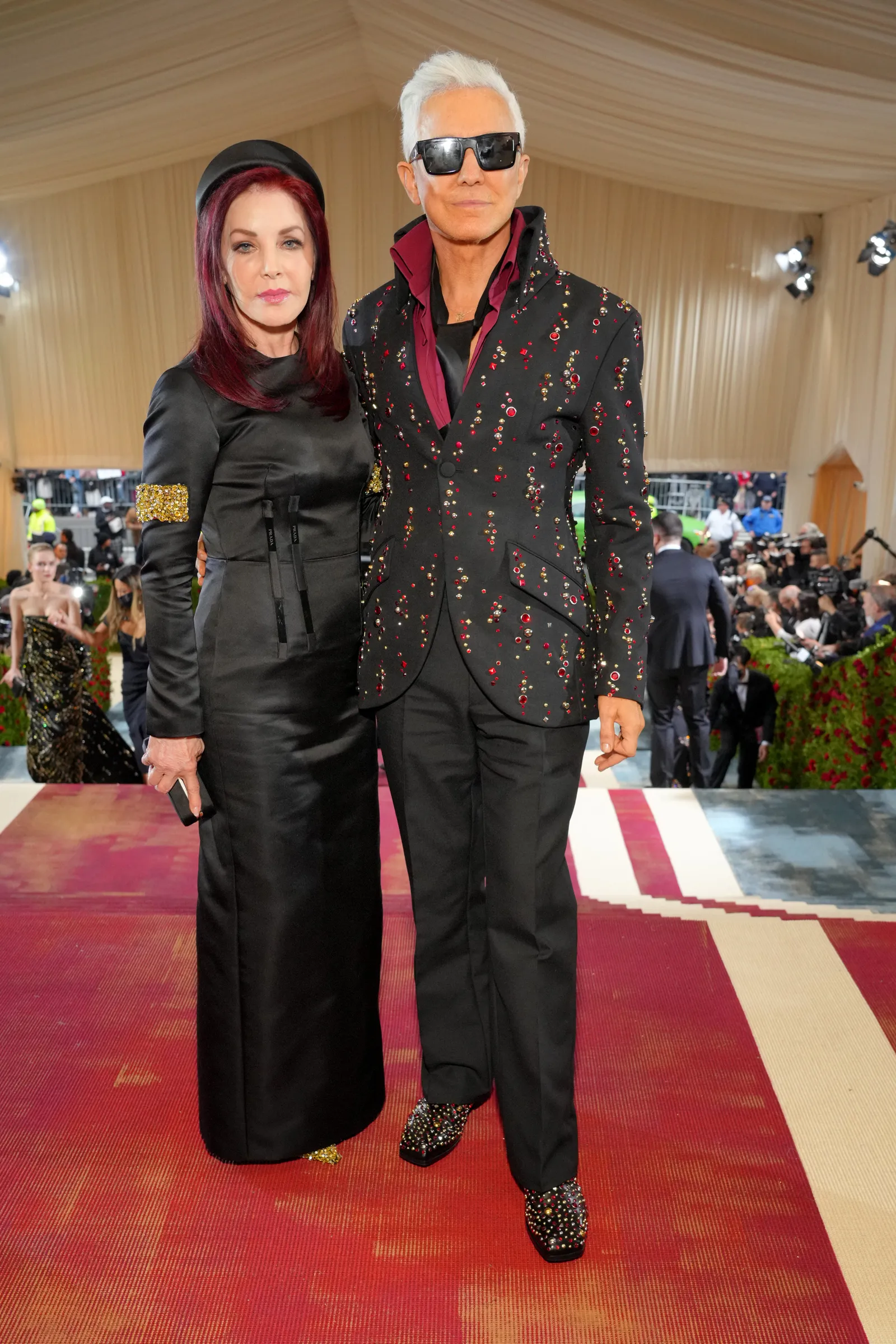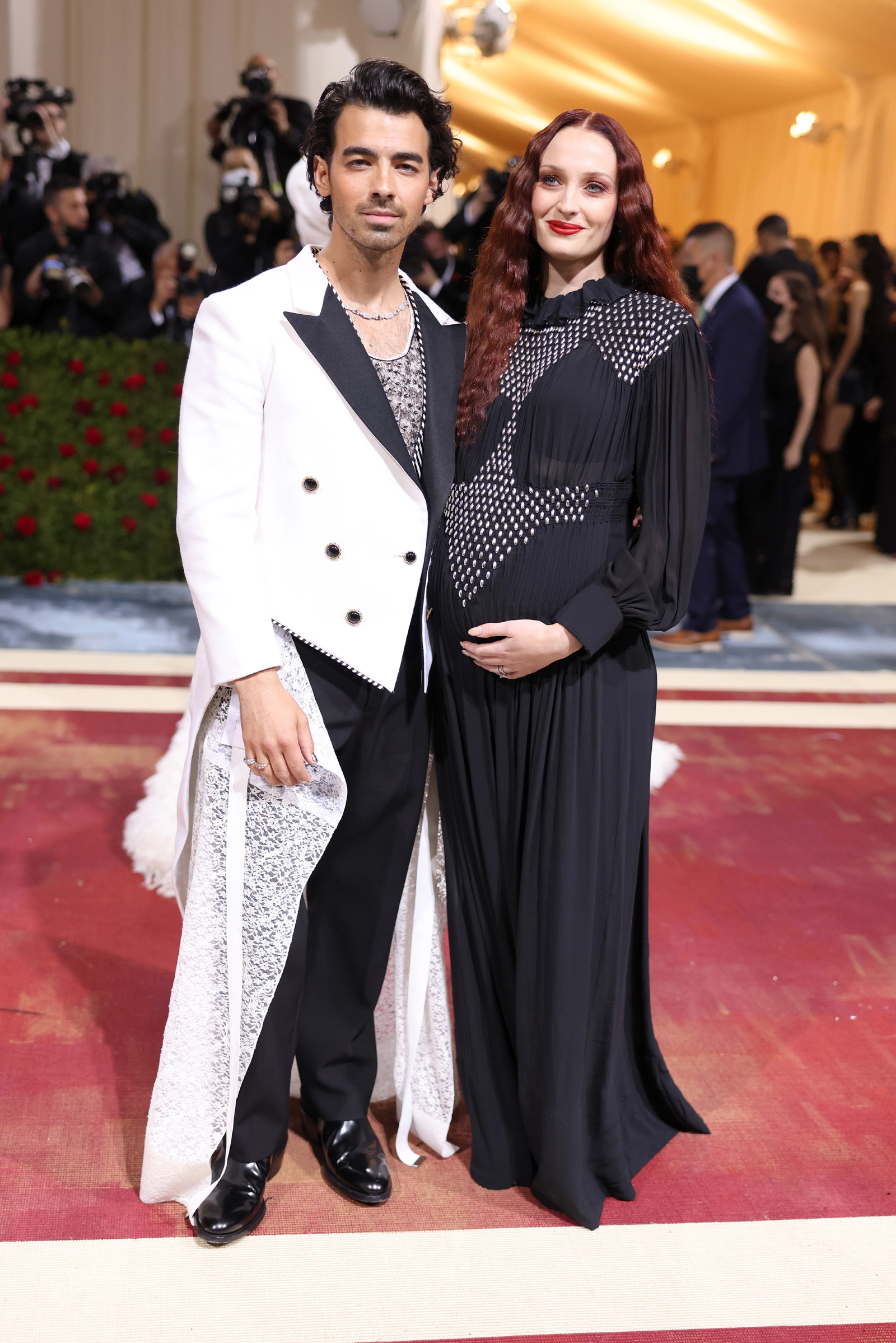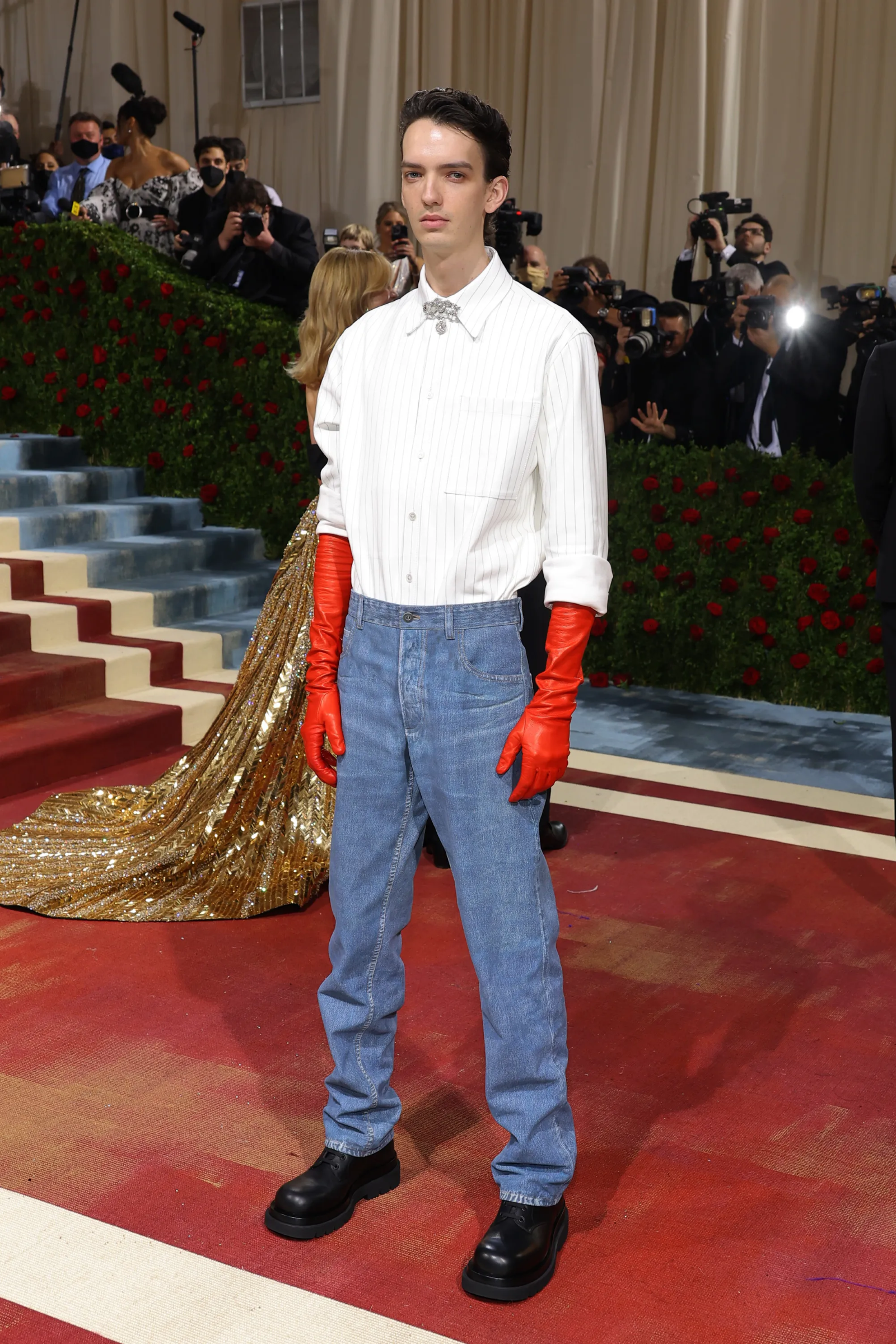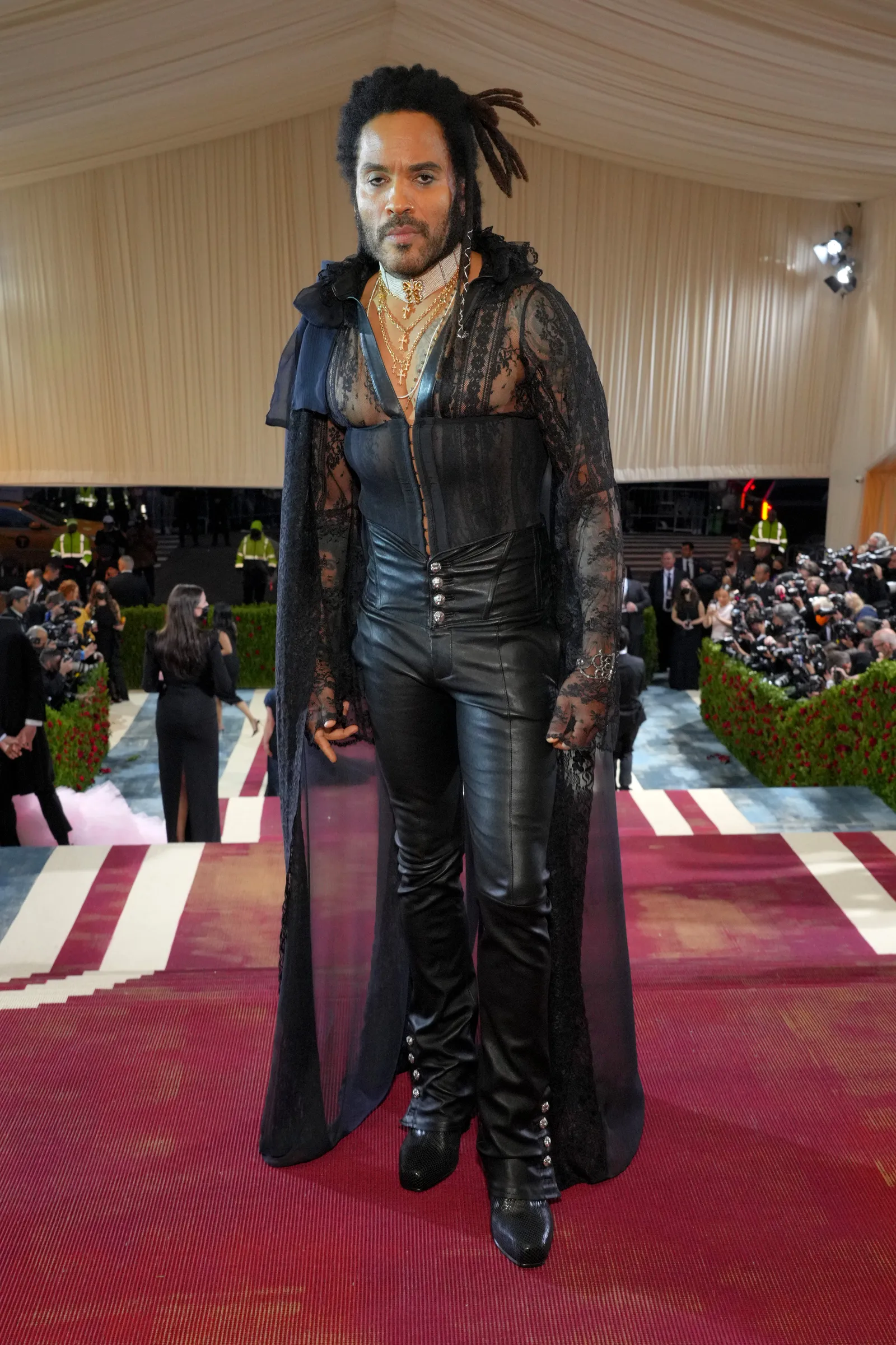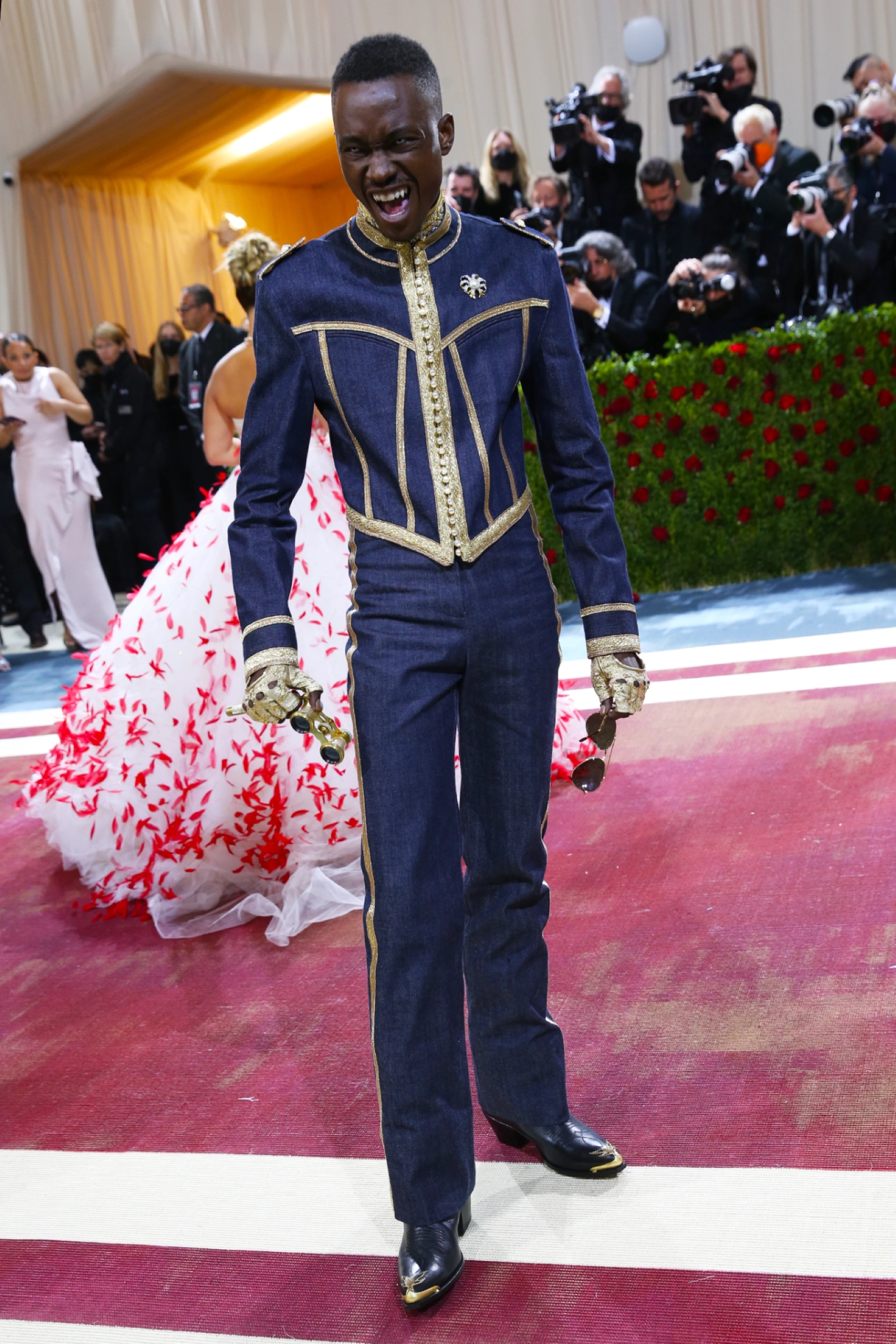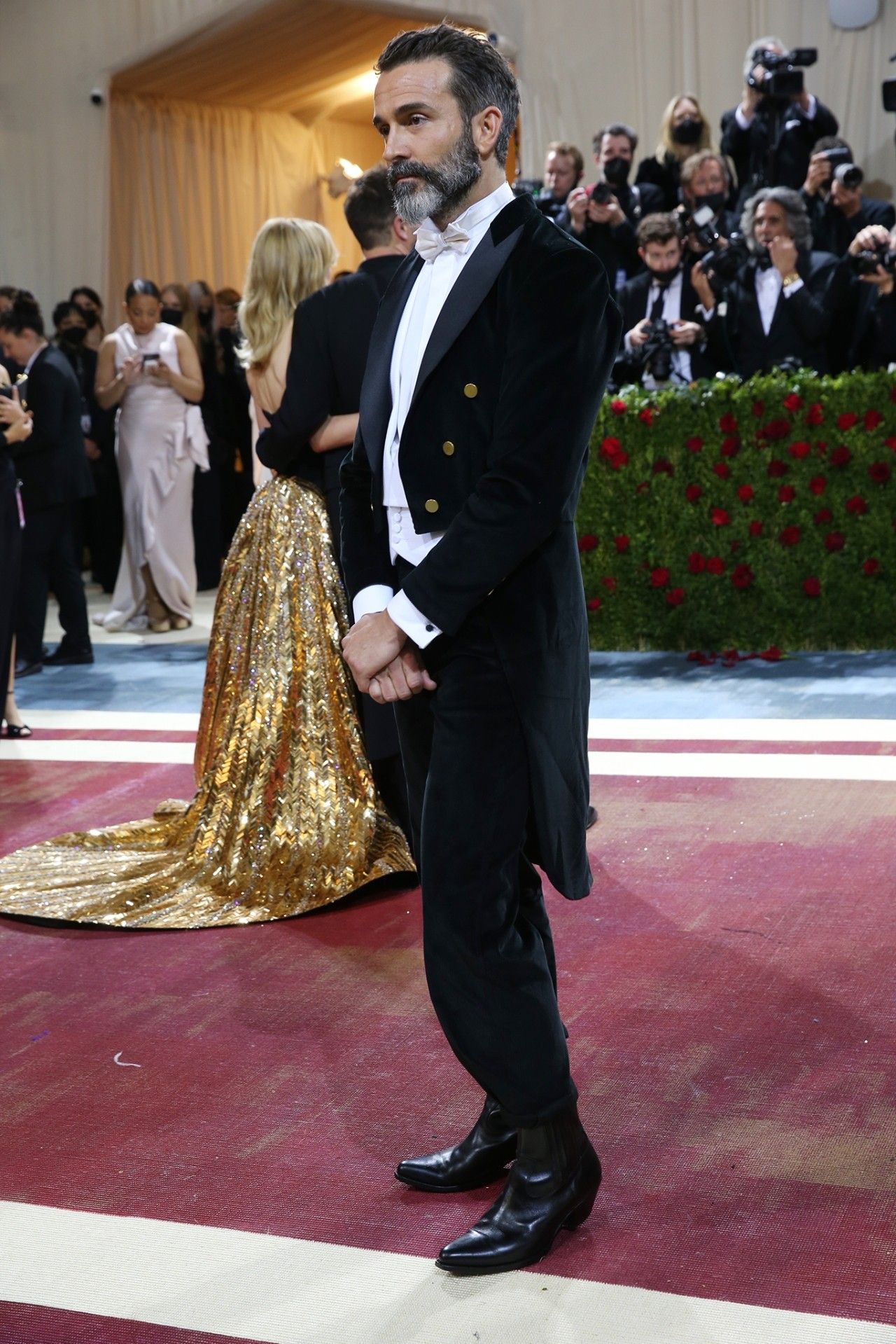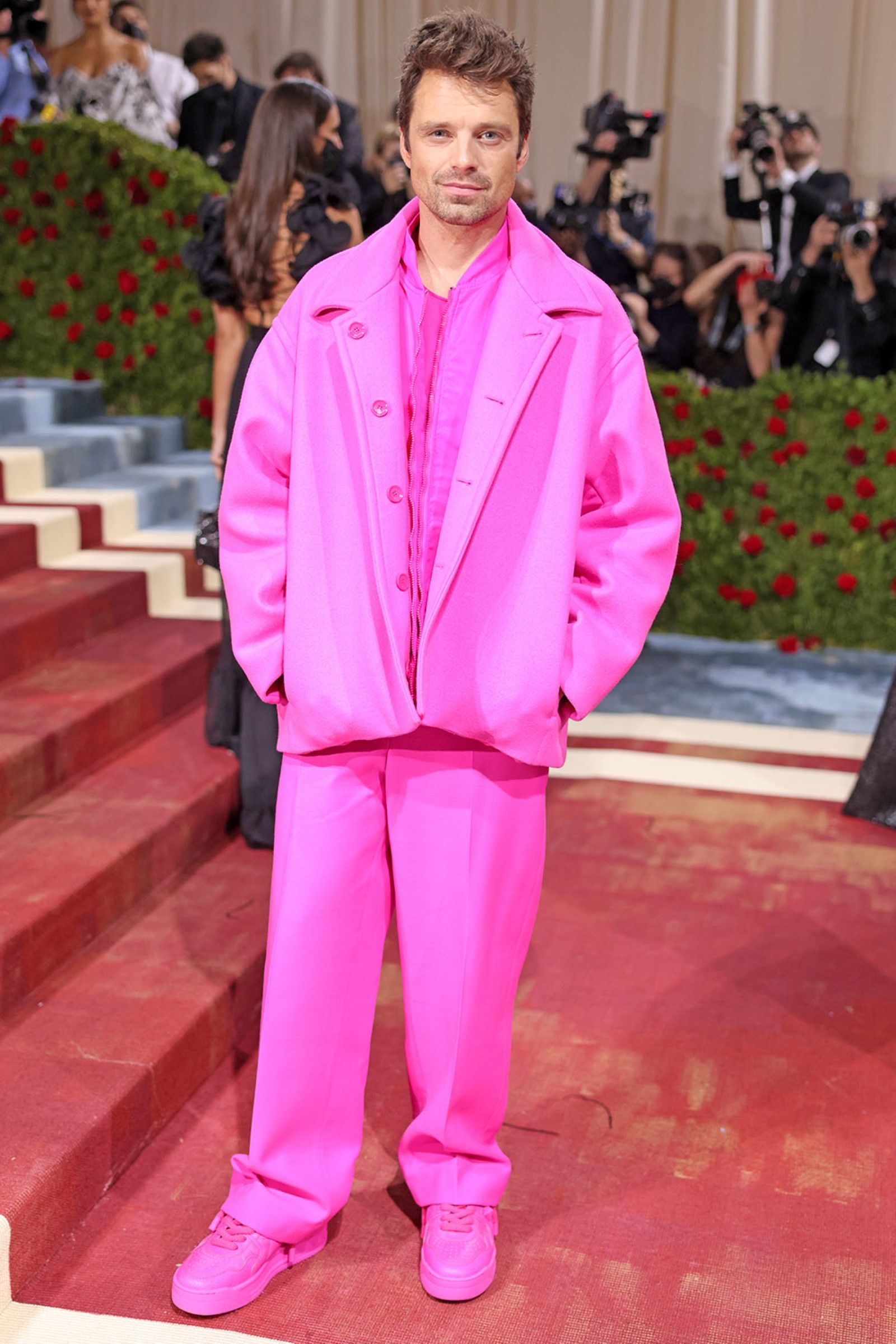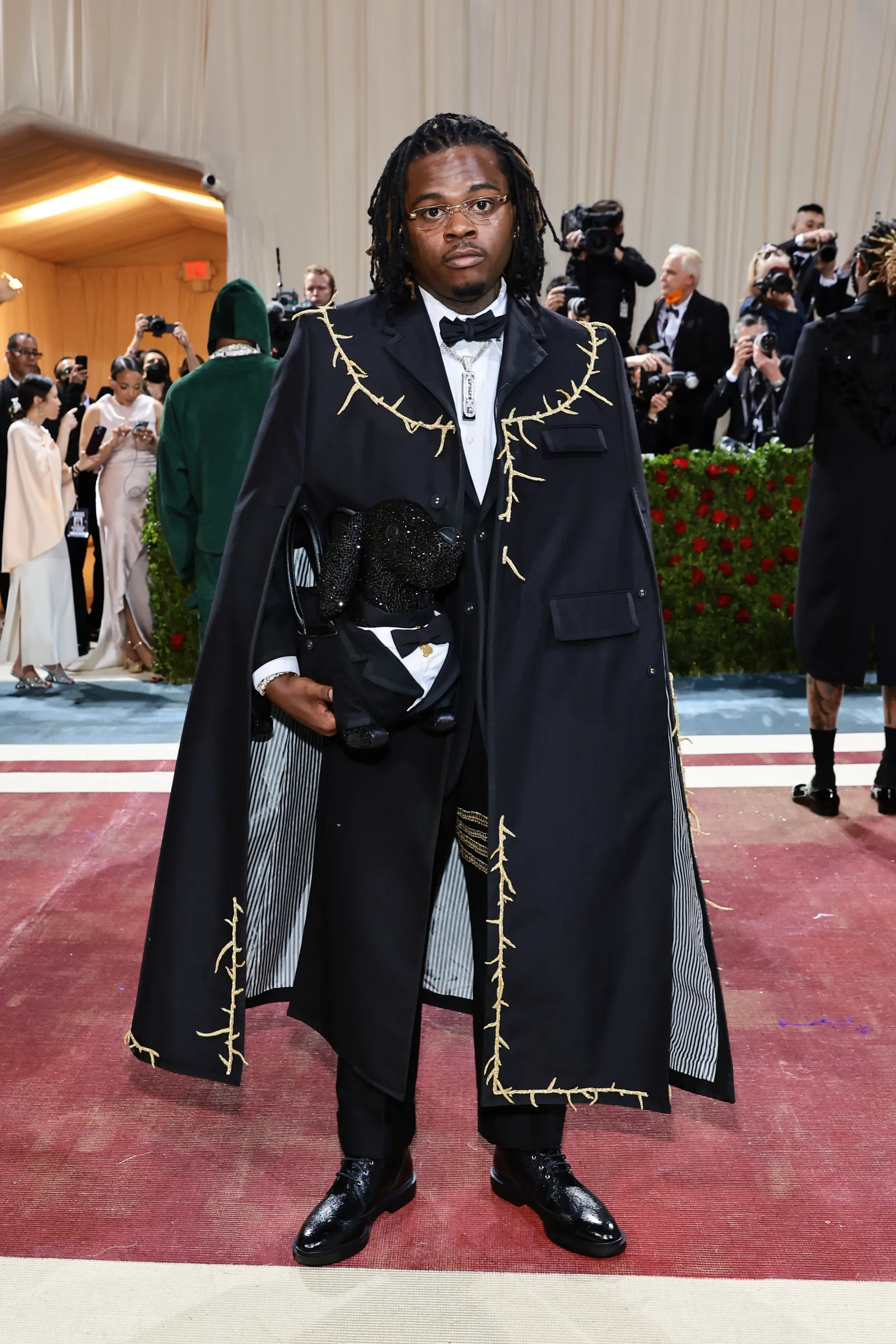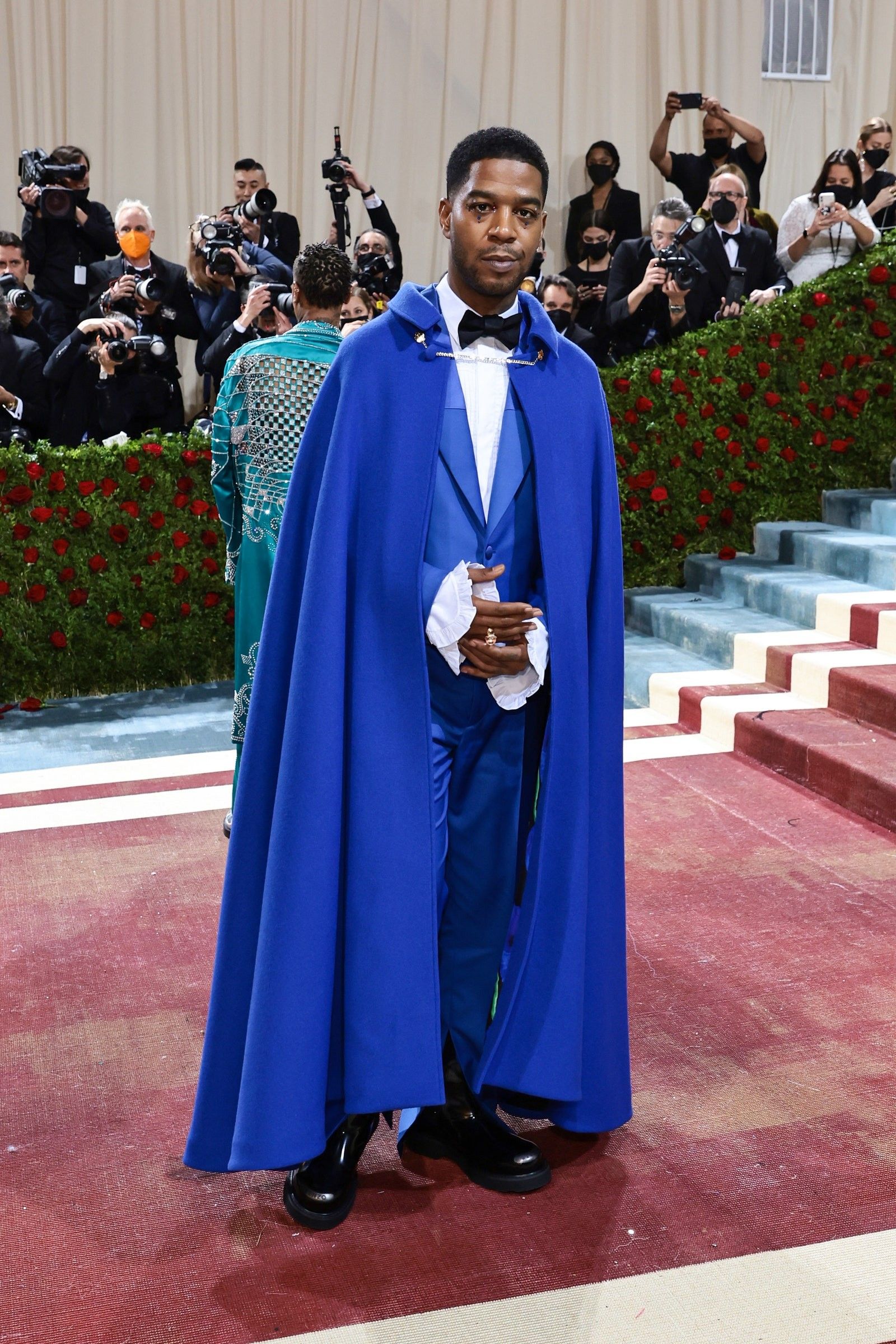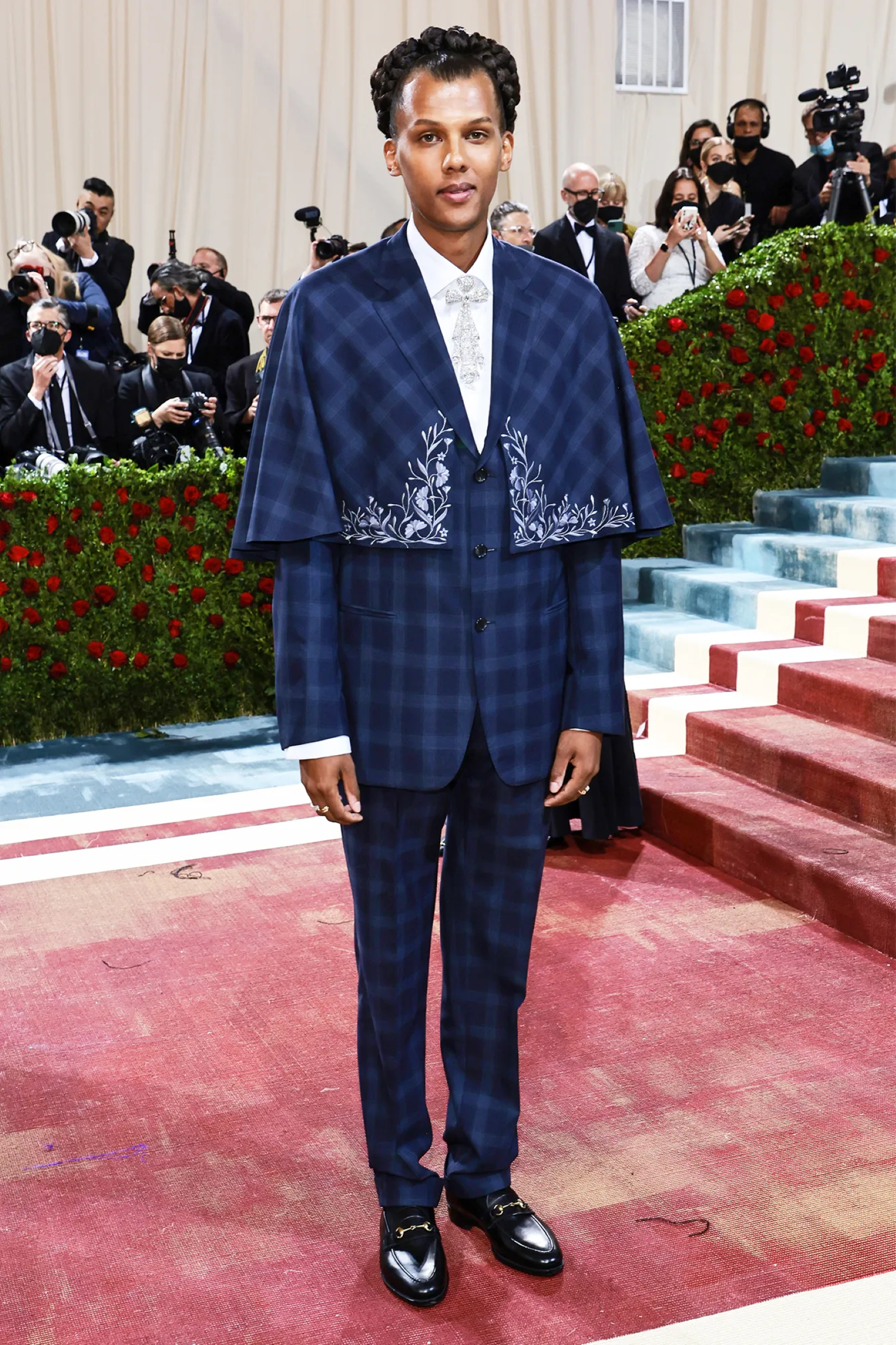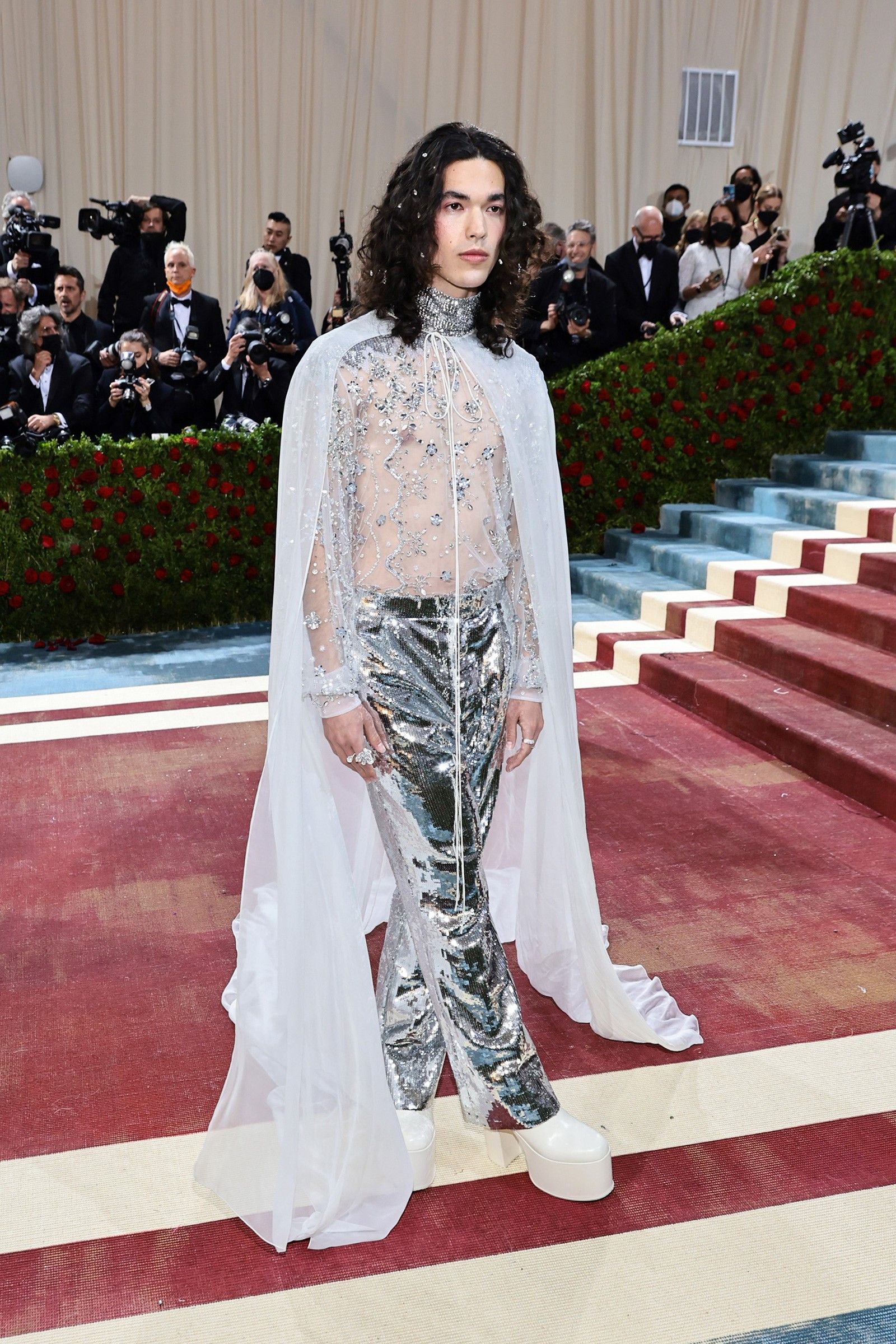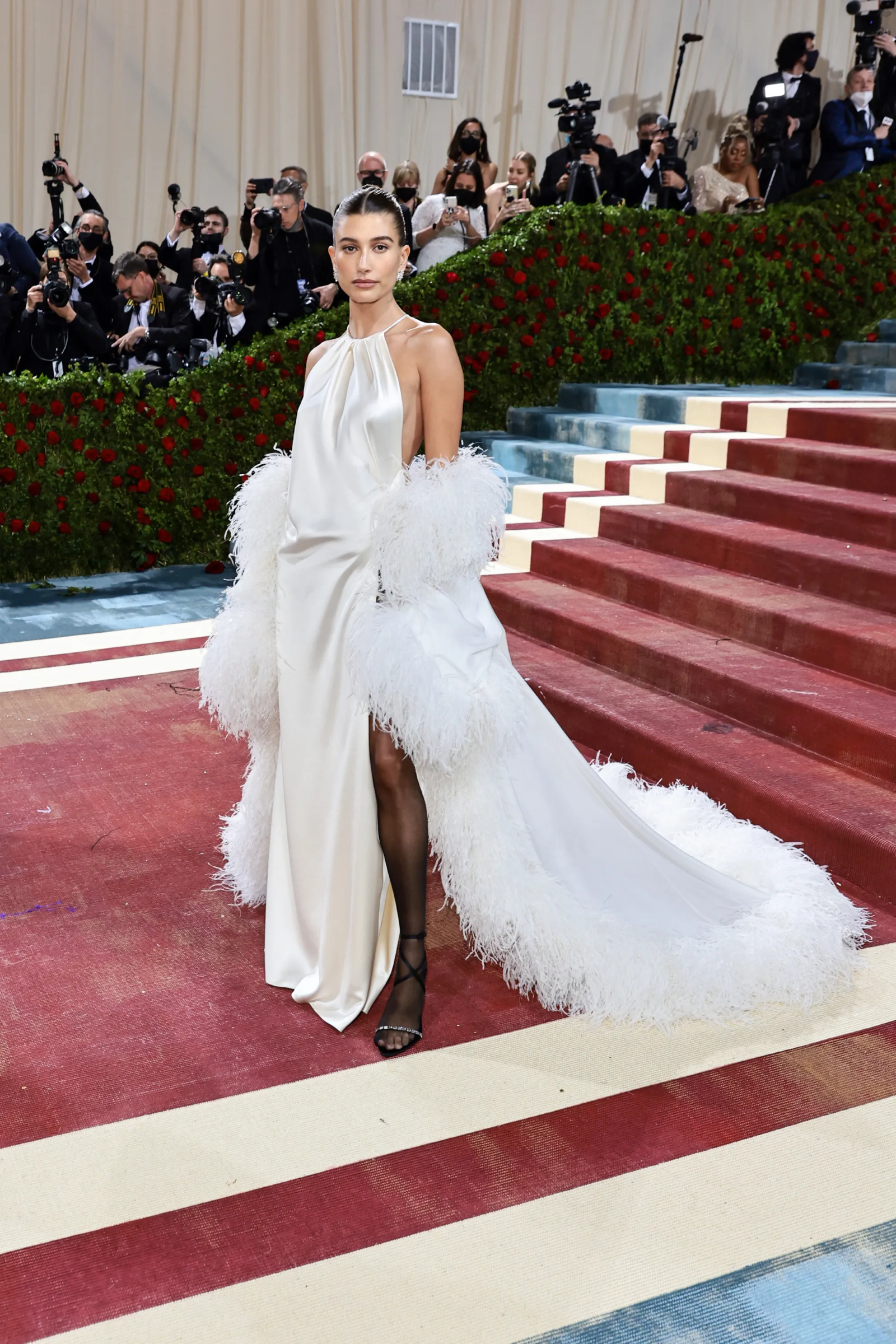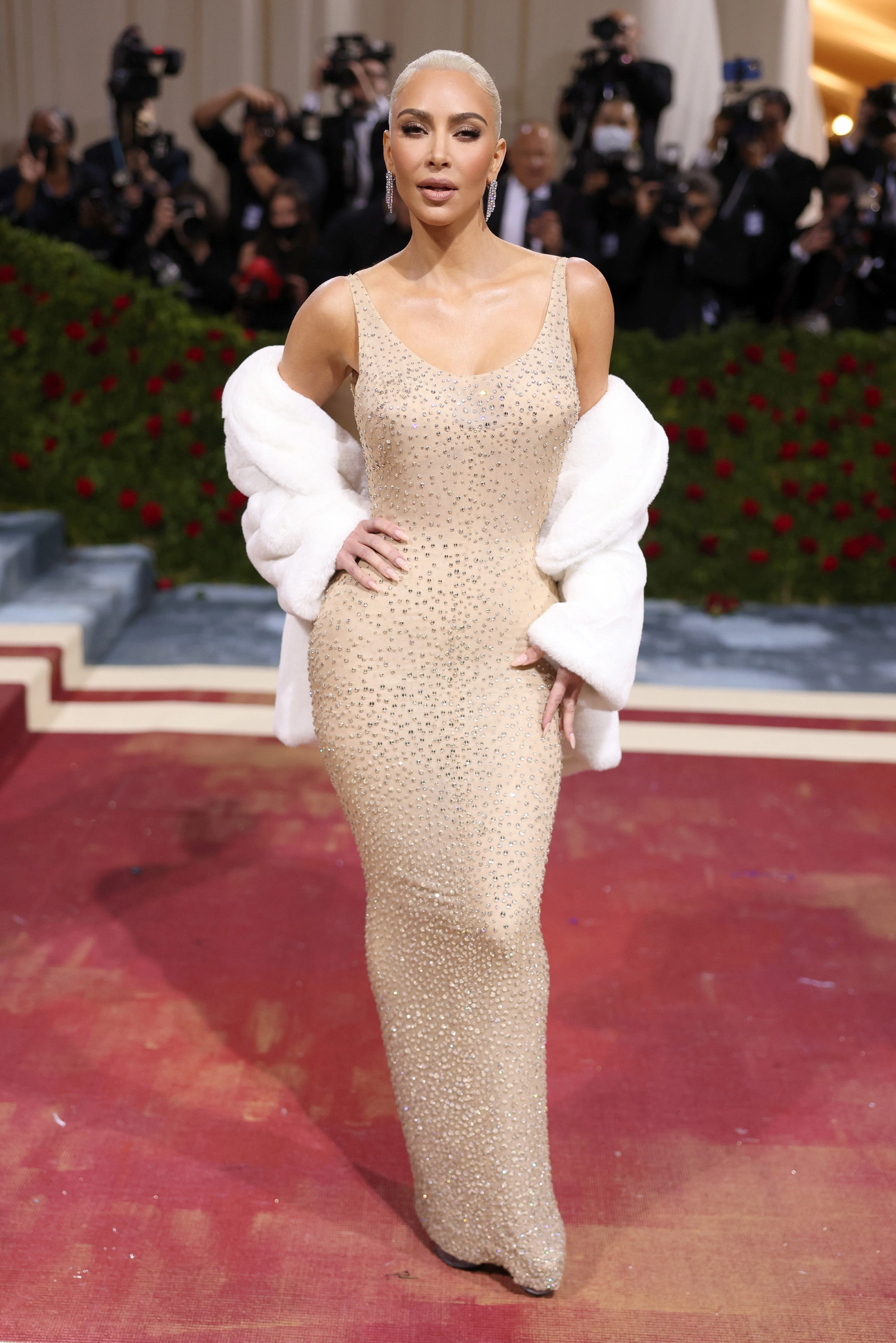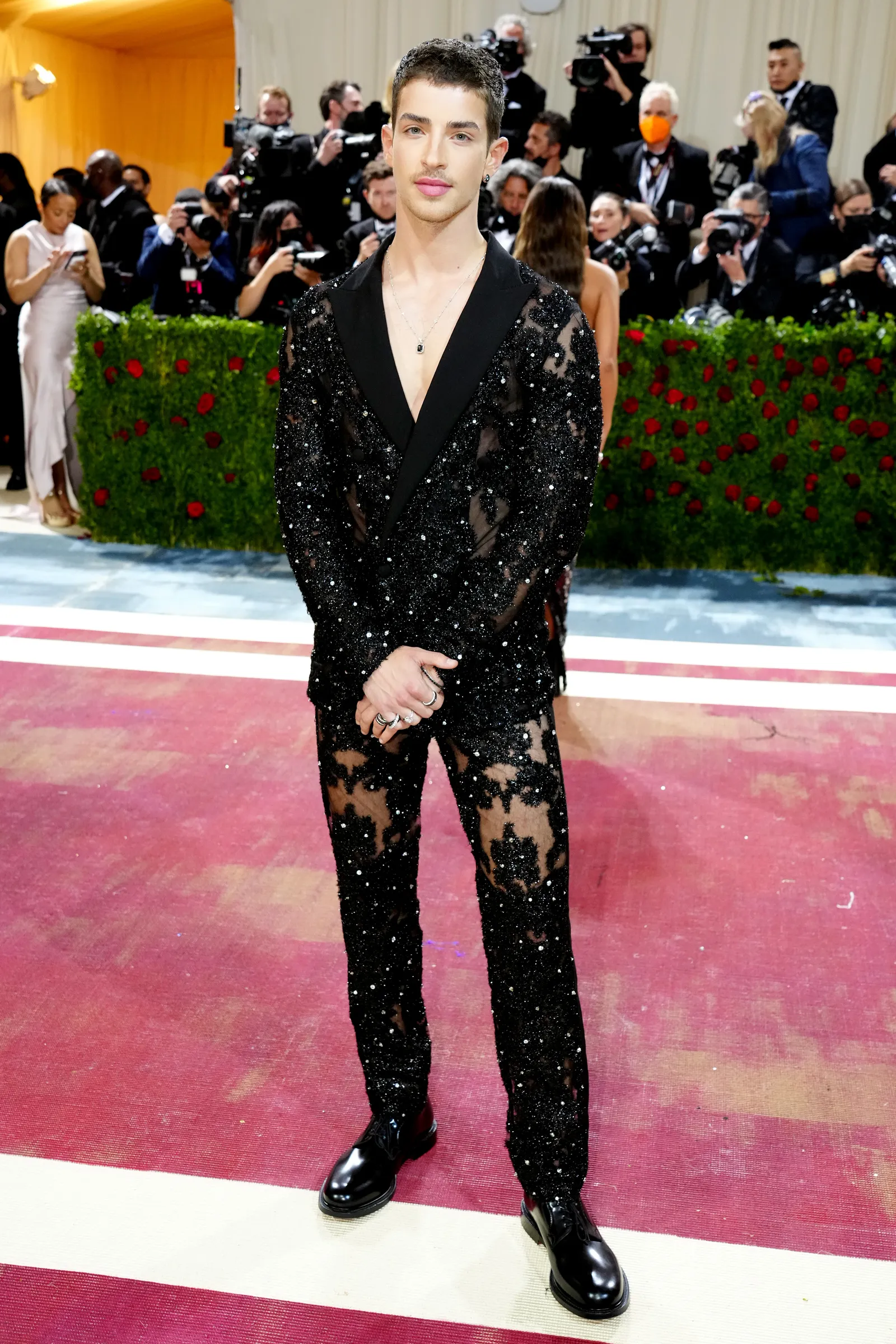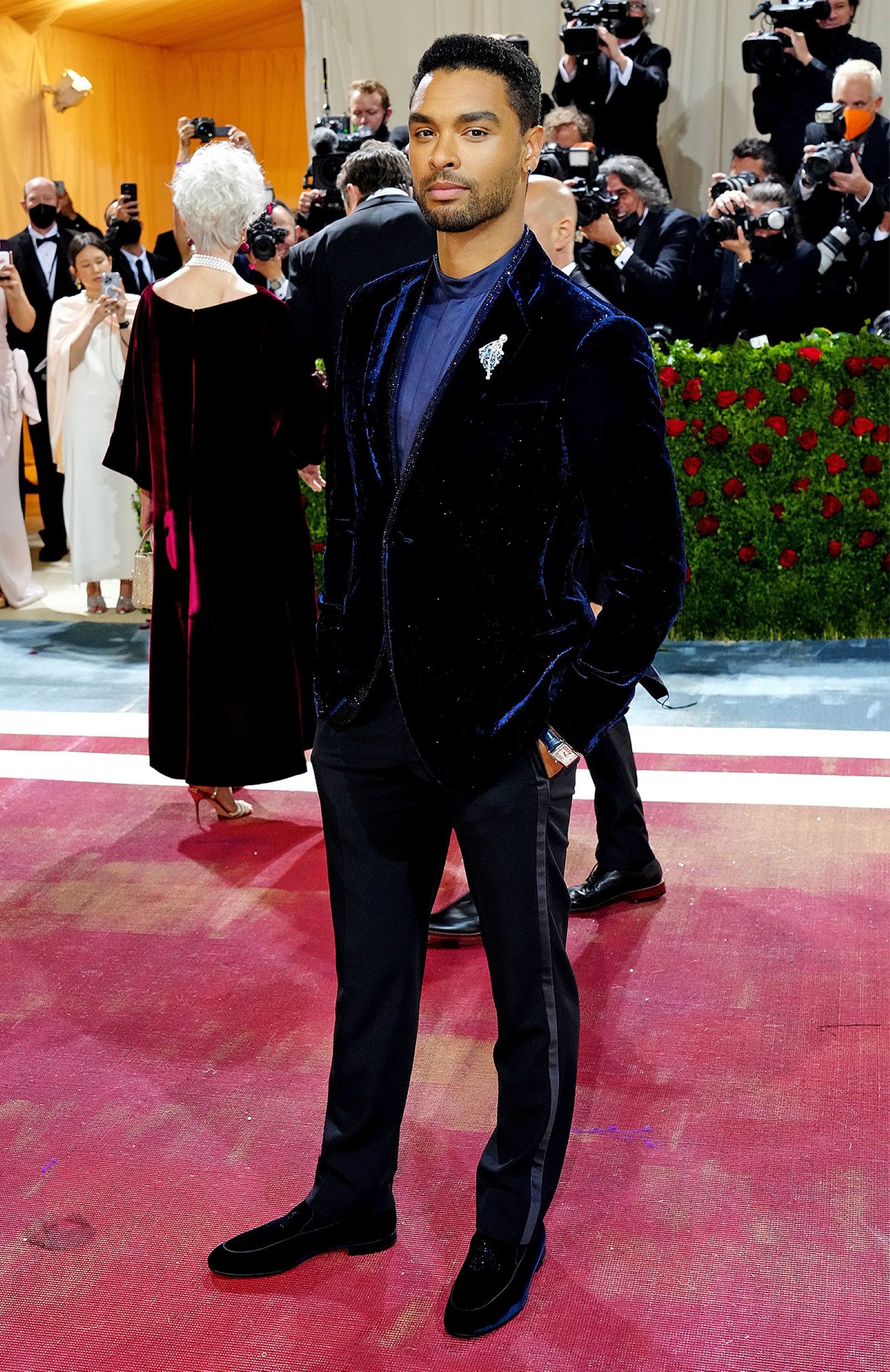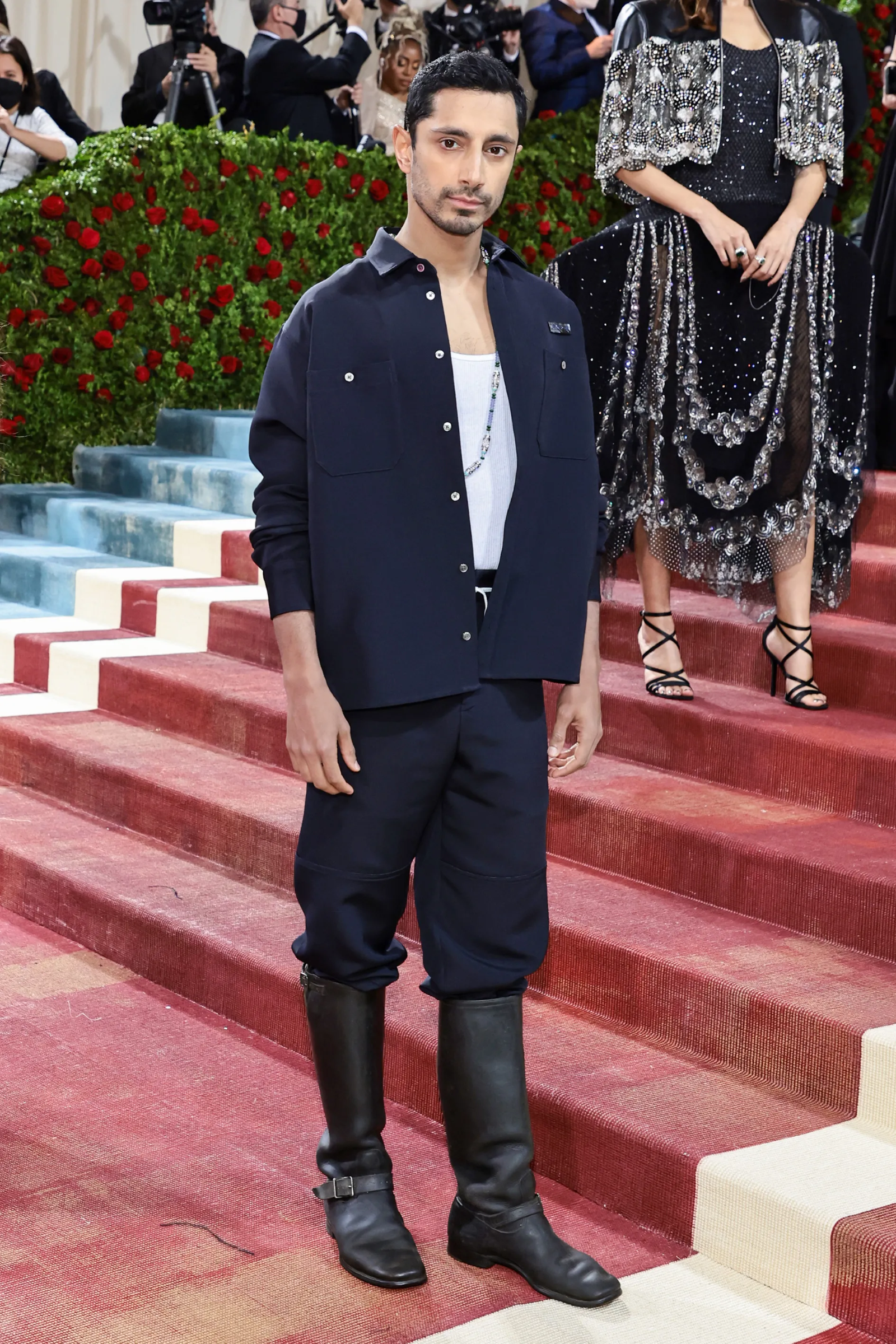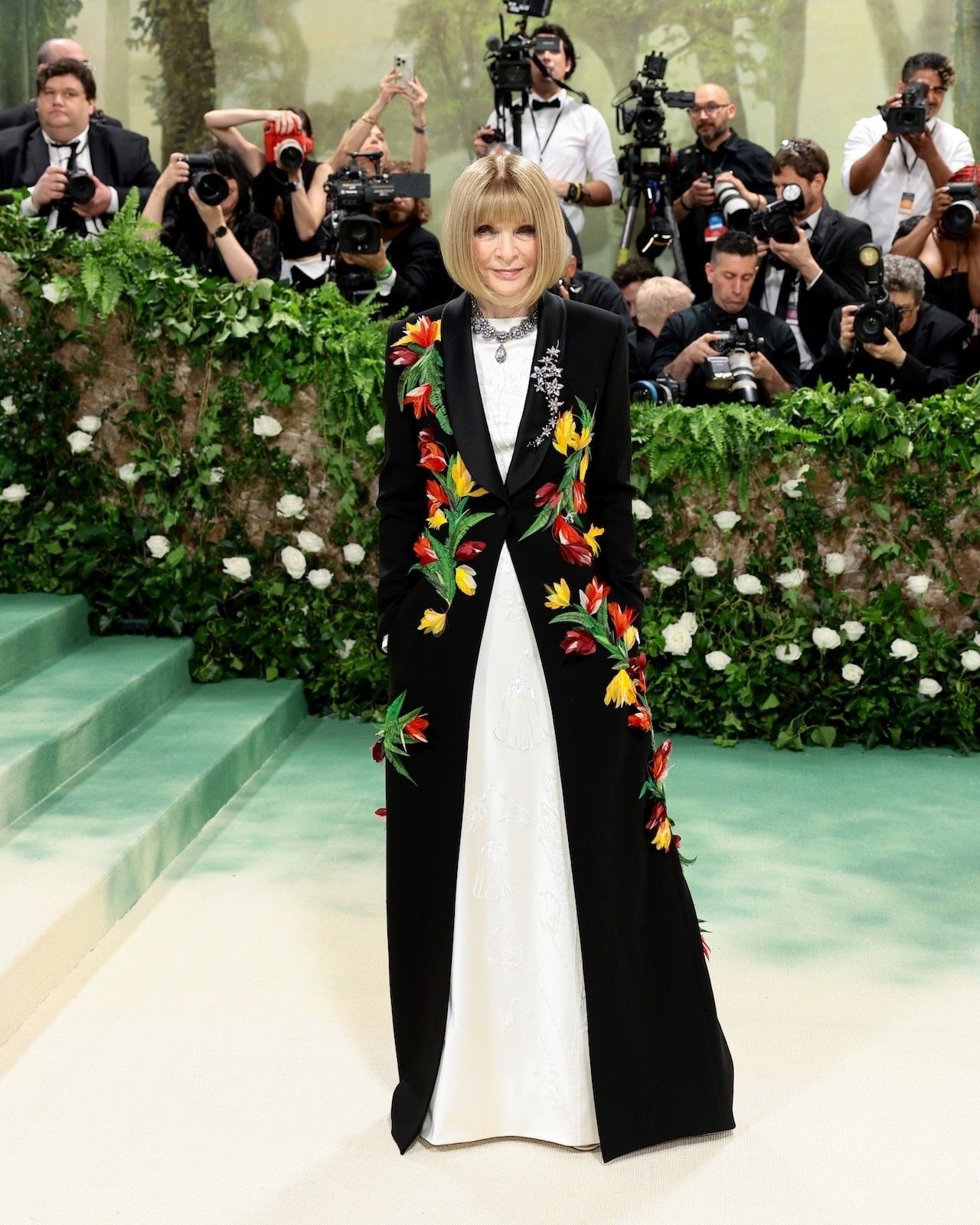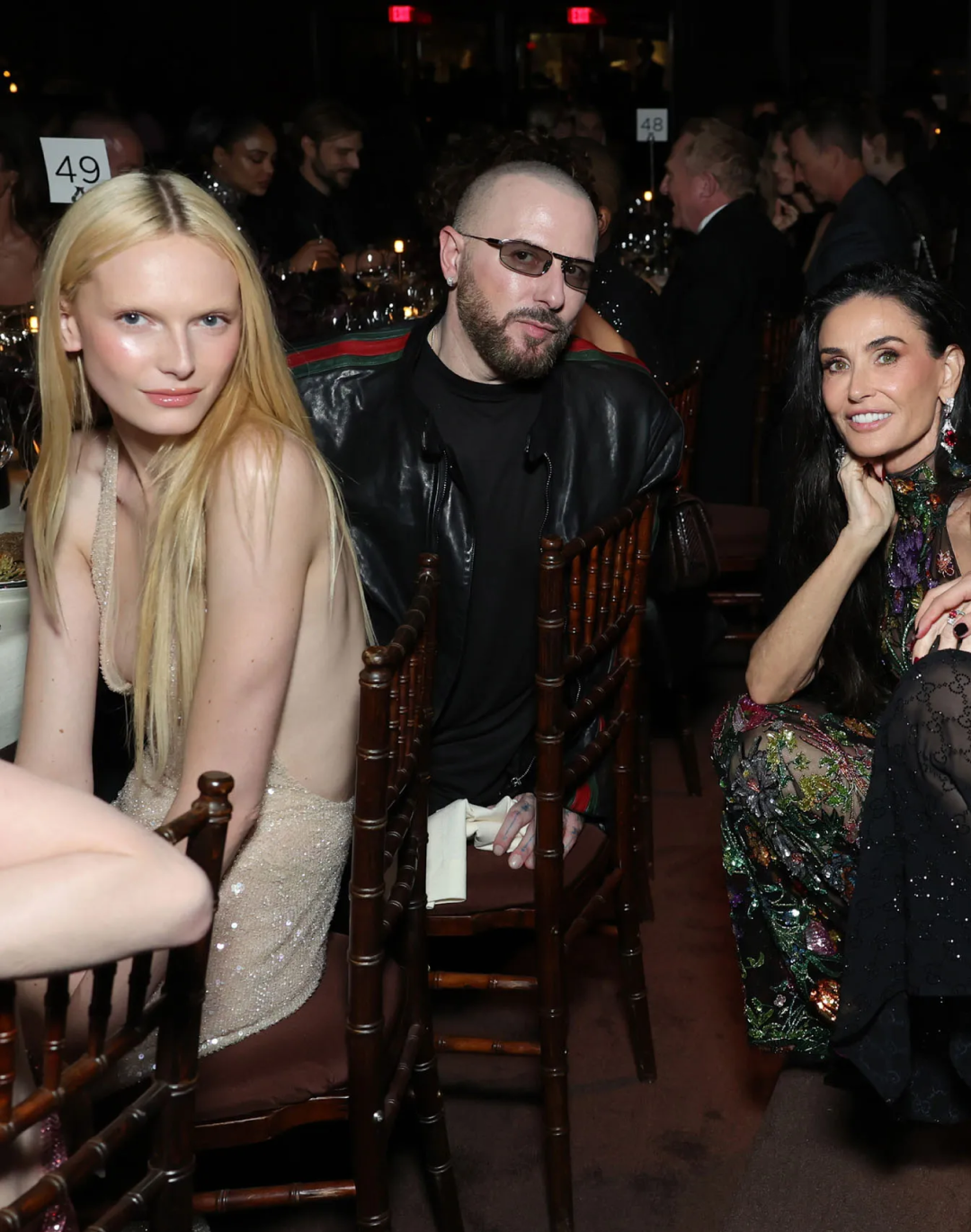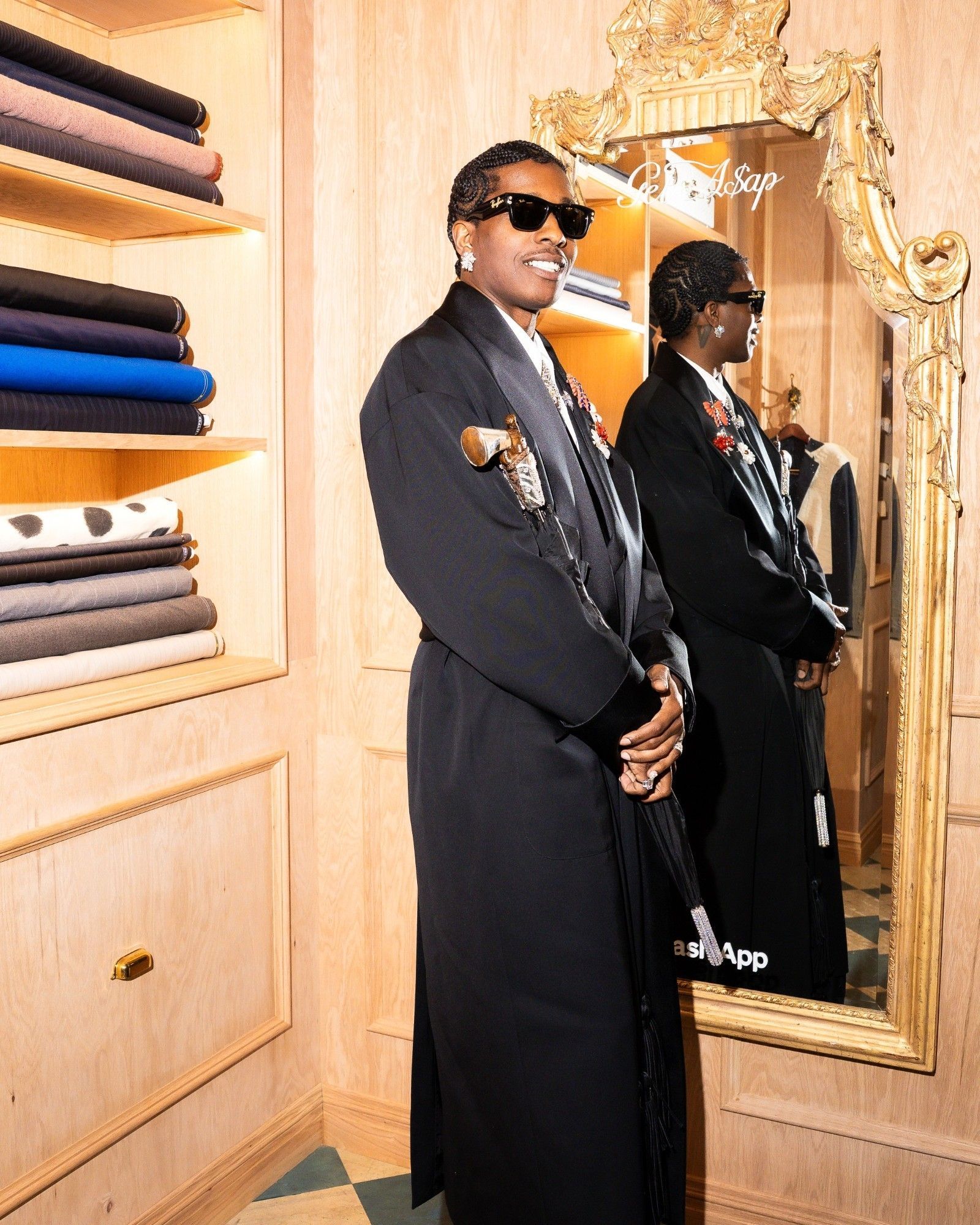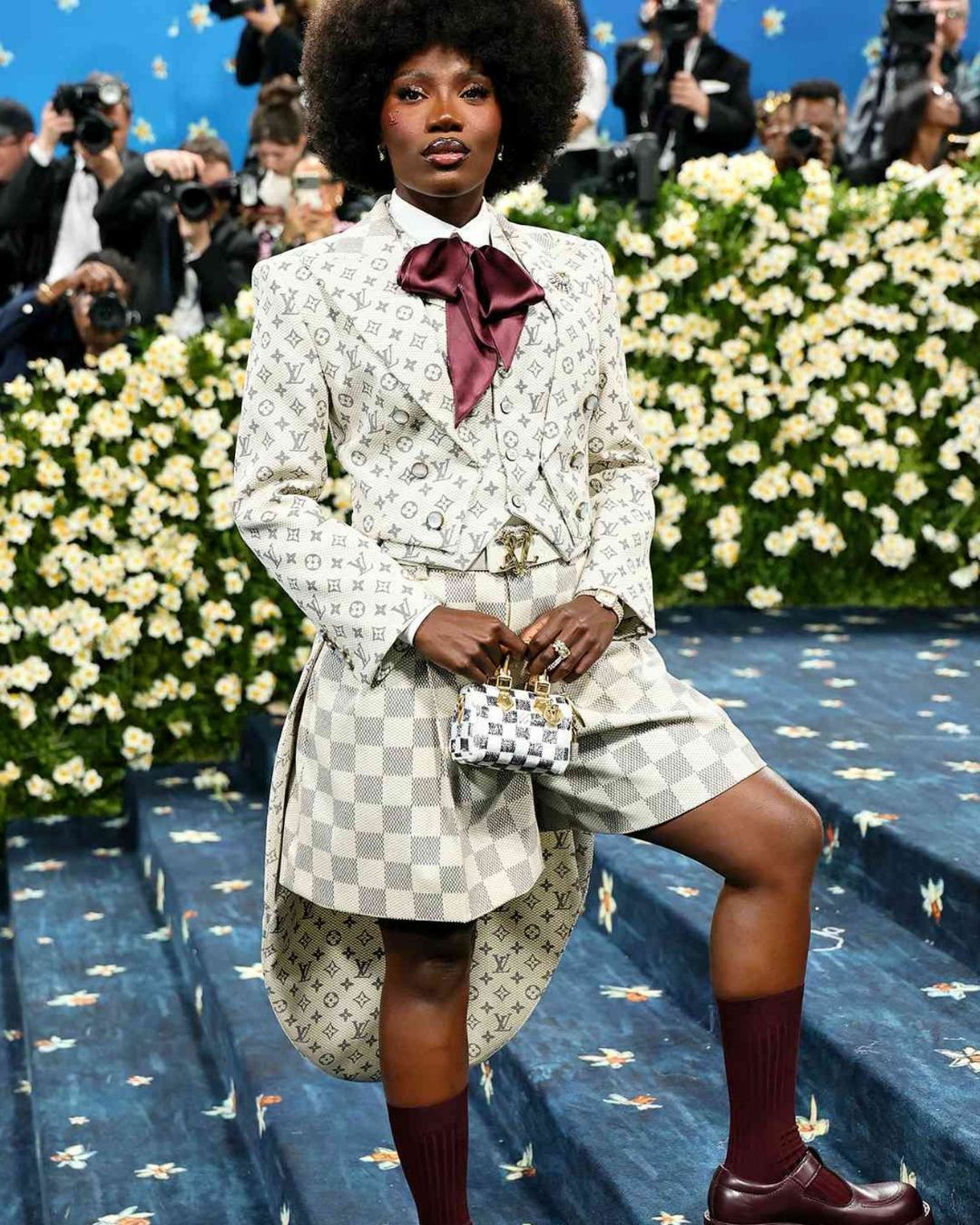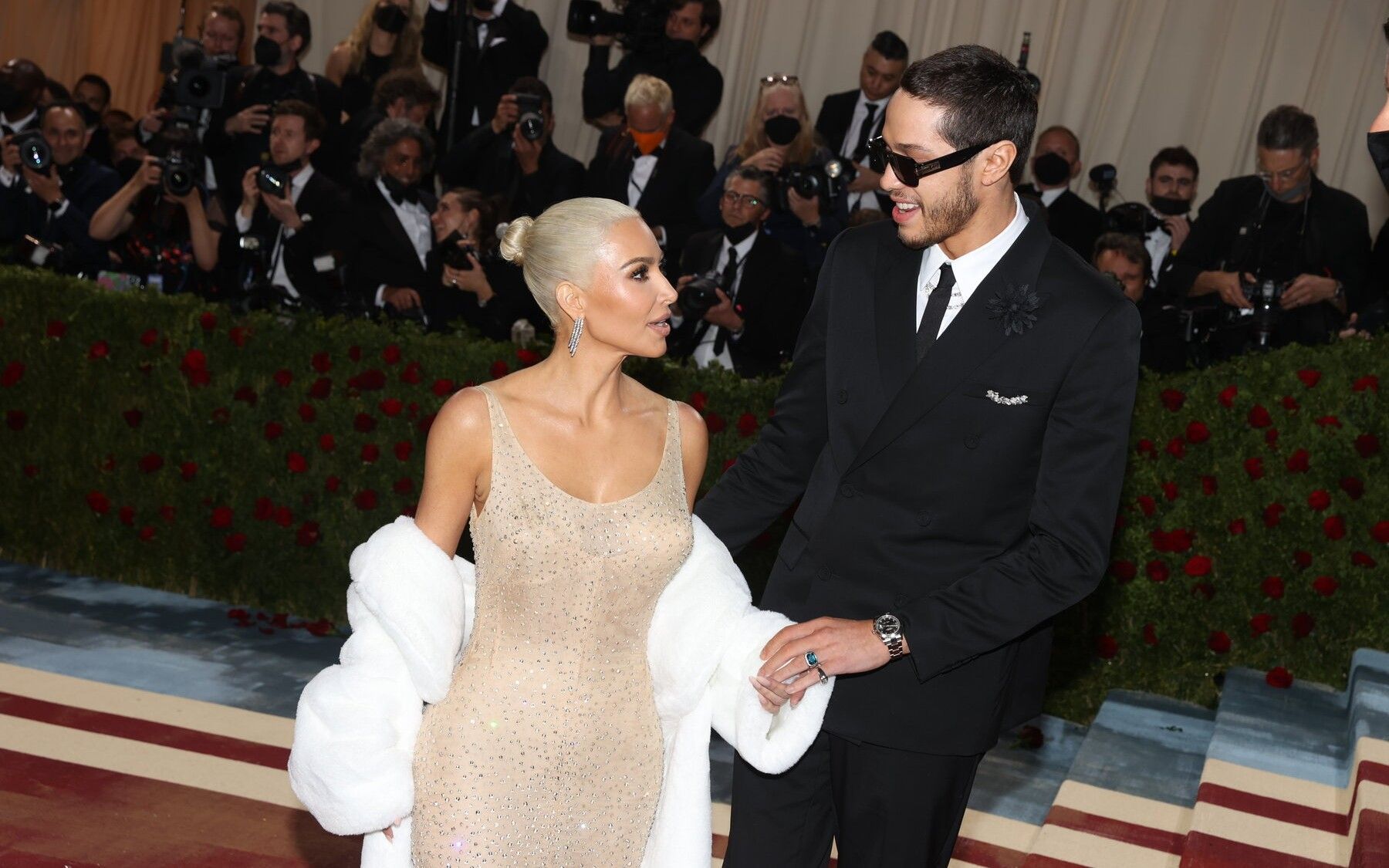
The Met Gala 2022 was a quite basic affair Not many of the stars invited seemed to be trying too hard to create a fashion moment
Complaining about the state of the Met Gala, a few days ago, Tom Ford defined it as «a costume party», talking about the times when the gala was actually a gala and not the most extravagant night of fashion. And even if we always agree with Tom Ford in principle, the pleasure of judging the outfits of the over two hundred celebrities who walked the red carpet is too great: after all, in a world made of jeans and sneakers, the idea of a costume party is not so horrible. So the fateful evening arrives. This year's theme is Gilded Glamour, a non-ironic reference to the American Belle Epoque, a time of great elegance but also of enormous social inequalities, a time of long dresses and Victorian tailcoats but also of migratory flows, industrialization and all the various ambivalences of the American dream. Beyond the hidden meanings, however, we can say in simple terms that last night there was a theme that not only many of the celebrities do not seem to have grasped, but that many have openly ignored by dressing with looks perfect for the street style of the fashion week but little for the Met Gala. What's more, there was the impression that some of the stars were dressed with looks taken from the catwalk as if they were mannequins from a boutique put there for promotional purposes, dressed with a generic taste closer to visual merchandising than to actualstyling but without the effort and thought that make you appreciate a Met Gala dress.
To give an example of a perfectly thought-out dress we could start with Vanessa Hudgens, who wore a Moschino gown whose silhouette was totally vintage, but whose transparent material gave a modern and sexy twist, commenting also on the strict costume codes of the time. And in general many other stars (mostly women) had nailed the theme: from Billie Eilish in Gucci to Blake Lively in Atelier Versace to Laura Harrier and Lizzo. What was striking, however, was the absolute lack of effort on the part of many of the men: for every David Roseberry, Thomas Doherty or Joshua Jackson who had guessed that a simple tailcoat was enough, there were ten Kodi Smith McPhee in gorgeous outfits (who wouldn't love a full Bottega look) that were wildly off-topic or as many Jake Harlow or Jacob Elordi dressed in the most anonymous and flavorless way possible - a bit like they didn't really give a damn. On the other side of the spectrum, the most shocking were definitely Bad Bunny and Future, followed closely by Lenny Kravitz, Baz Luhrmann and Joe Jonas - while among the men who actually made the effort to follow the theme without conforming to the evening dress bon ton were Gunna and Evan Mock. Ashton Saunders also deserves a mention for following the fantasy and dressing in steampunk style with a Casablanca suit and H.G. Wells-style goggles, while Stromae and Kid Cudi at least made an effort in creating a different outfit that seemed more appropriate for an evening like the Met.
The main problem with these and other looks (again) is not their absolute aesthetic value but, so to speak, their relative aesthetic value - considering that the Met Gala is not exactly fashion week, you should show up in evening attire as well as trying, even a little, to follow the theme. The feeling, however, remains that many looks, though gorgeous, were composed without much inspiration, taking a look from a fashion show and then copy-and-pasted on the brand ambassador of the moment: Sebastian Stan's or Jung Ho-yeon's looks were beautiful, for example, but not very relevant to the theme of the evening, more similar to the ensembles you see in the windows of a boutique than to those in the pages of a magazine. Hailey Bieber and Kim Kardashian were also dressed well but without any relevance to the theme. The former wore a very simple Saint Laurent dress, very elegant, but all in all not very memorable; the latter, on the other hand, had recovered the dress of Marilyn Monroe - a pop figure who, however, has very little to do with the Gilded Age.
Other looks are simply unexplainable: Riz Ahmed looked like he was dressed to go to the pub, Conan Gray looked like he was dressed to go to Studio 54, Manu Rios didn't really understand where he wanted to go while Rege-Jean Page dangerously mixed velvet and sequins for an outfit that had far too many dark colors, indistinguishable. The portrait of fashion that emerges is that of an industry that neither knows nor wants to cultivate the unexpected or the shocking, dominated by a cautious and very rigid corporate logic that remains incapable of surprising, for which not only is surprise a prefabricated feeling but for which the value of celebrity taken for itself overcomes considerations of the final result, when the need for branding (after all, it's the brands that pay for the expensive celebrity seats) erases the importance of the fashion moment and when it is revealed how some (absolutely not all) of today's famous fashion faces are just passive receivers of soulless looks, styled with the coldness of an algorithm.










































